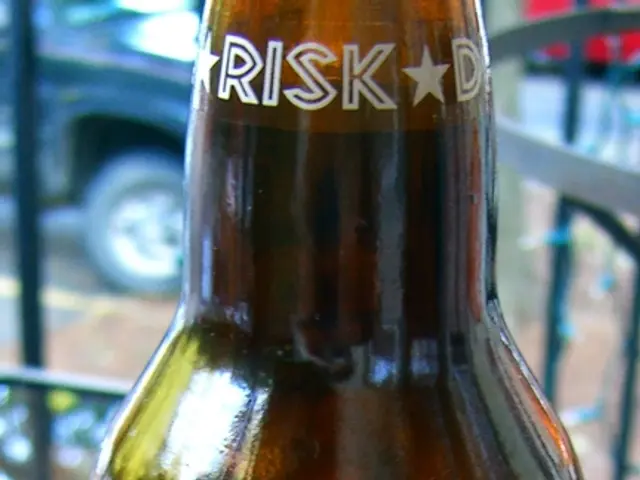Drowsy Driving: How to Stay Awake and Reduce Accident Risk
When Driving Grows Exhausting, What Steps Should I Take? - Struggling to stay alert while driving? Here are some suggestions:
Let's face it, we've all felt that drowsy feeling behind the wheel at least once. This is a serious issue, as fatigue can cause accidents with severe consequences. Just recently, a minibus crash in Koblenz left three dead and six injured, with the Public Prosecutor's Office suspecting driver fatigue as a possible cause.
So, how can you tell if you're too tired to drive? Pay attention to these signs: frequent yawning, trouble concentrating, blurred vision, difficulty keeping your lane, or unintentional changes in speed.
To combat tiredness, ADAC advises taking a break every 2 hours, even if you don't feel tired. A quick walk or some stretching exercises can promote blood circulation and give you a boost. If you're really feeling sleepy, consider a short 15-20 minute nap on a parking lot. But remember, caffeine and loud music won't help much in the long run.
Modern cars now come with assistance systems to help prevent drowsy driving. For example, some models have drowsiness warning systems that analyze your behavior and alert you if you're deviating from usual patterns. Additionally, emergency braking and lane-keeping assistants can help prevent driving into a traffic jam or leaving your lane due to inattention.
Remember, drowsy driving means increased accident risk. So, if you feel tired, pull over and rest. Your life and the lives of others depend on it.
- Drowsy Driving
- Driver Fatigue
- Accident Risk
- ADAC
- Koblenz
Additional Info
Preventing drowsy driving is crucial for maintaining safety on the road. Here are some prevention tips:
- Get Adequate Sleep: Ensure you're well-rested before hopping in the car. Aim for 7-8 hours of good quality sleep.
- Monitor Your Energy Levels: Be aware of early signs of fatigue, such as yawning, heavy eyelids, or difficulty focusing.
- Plan Breaks: Take regular breaks every 2 hours or 200 kilometers. Use this time to stretch, walk, and refresh yourself.
- Stay Hydrated and Eat Light: Drink plenty of water and avoid heavy meals that can induce drowsiness.
- Utilize Alertness Aids Wisely: Low-energy drinks or coffee can help in the short term, but don't rely on them as a substitute for rest.
- Avoid Driving During Your Usual Sleep Hours: The body's circadian rhythms make you more prone to sleepiness at certain times.
If you're feeling sleepy while driving, it's best to pull over and rest. Other options include sharing driving duties with someone else or using technologies and infrastructure (like laser-based systems that stimulate alertness) if they're available. But remember, these are not a substitute for rest. Above all, stay safe on the road!
- The tragedy in Koblenz serves as a grim reminder of the consequences of drowsy driving, emphasizing the importance of awareness and prevention.
- Enhancing driving skills through vocational training could potentially reduce the risk of accidents caused by driver fatigue by teaching drivers safe driving practices and strategies to combat exhaustion.
- In the realm of health-and-wellness and fitness-and-exercise, understanding the cause and effects of drowsy driving could contribute to promoting general-news discussions about road safety, fostering a safer community policy.








